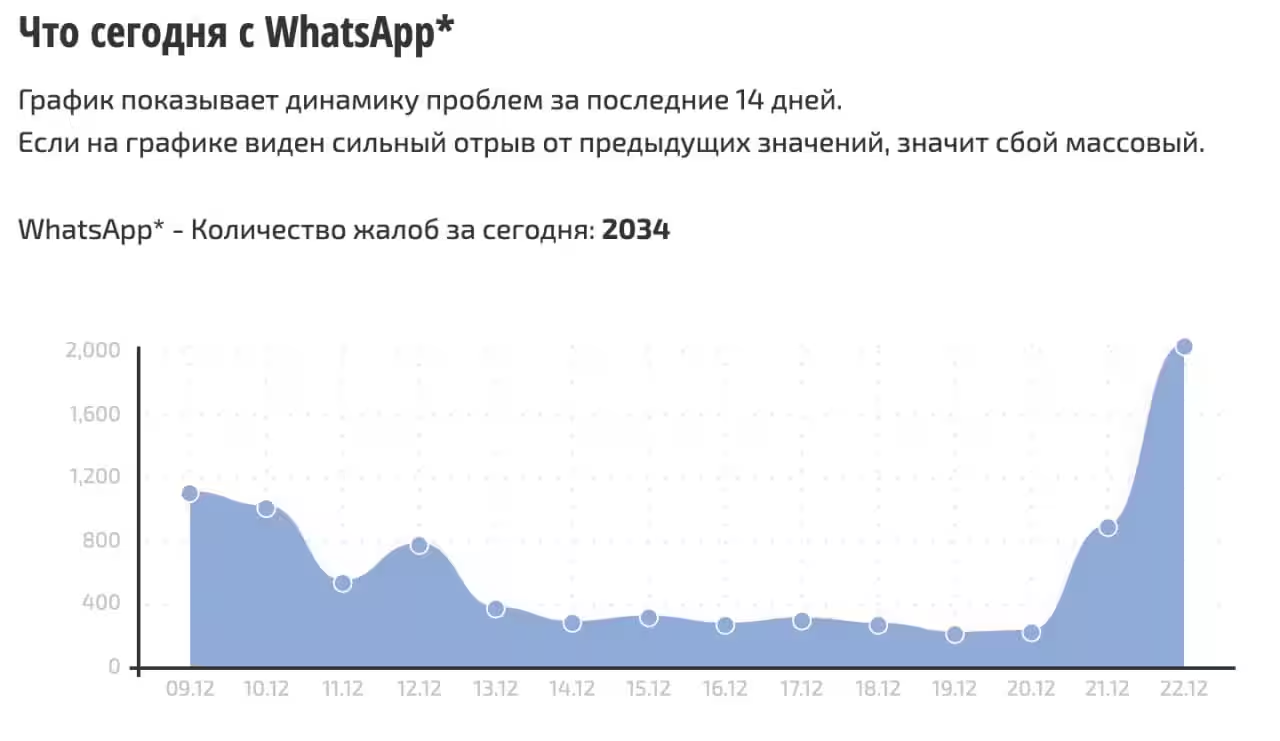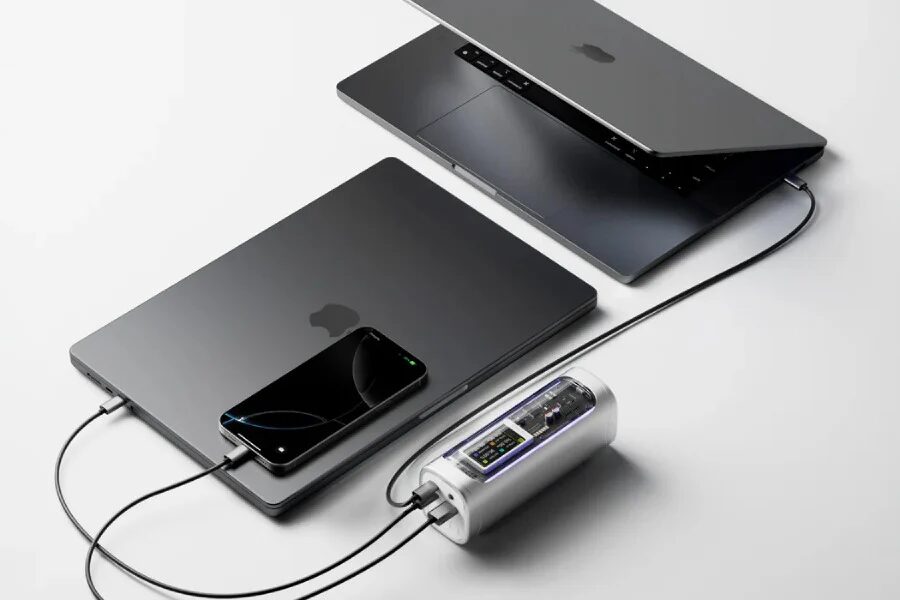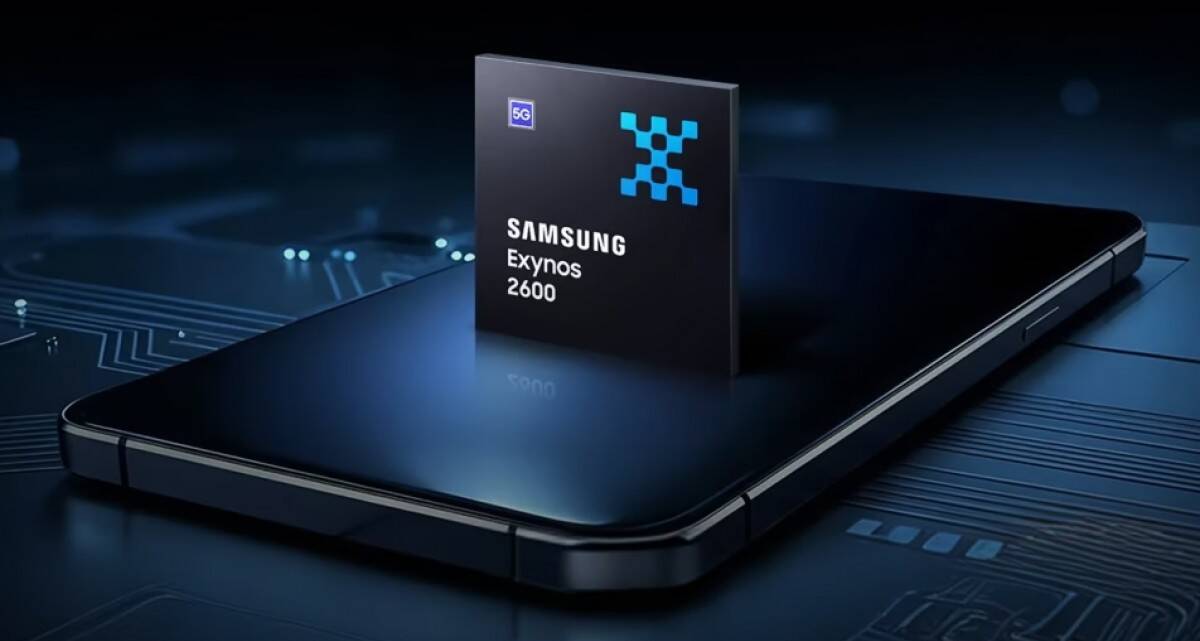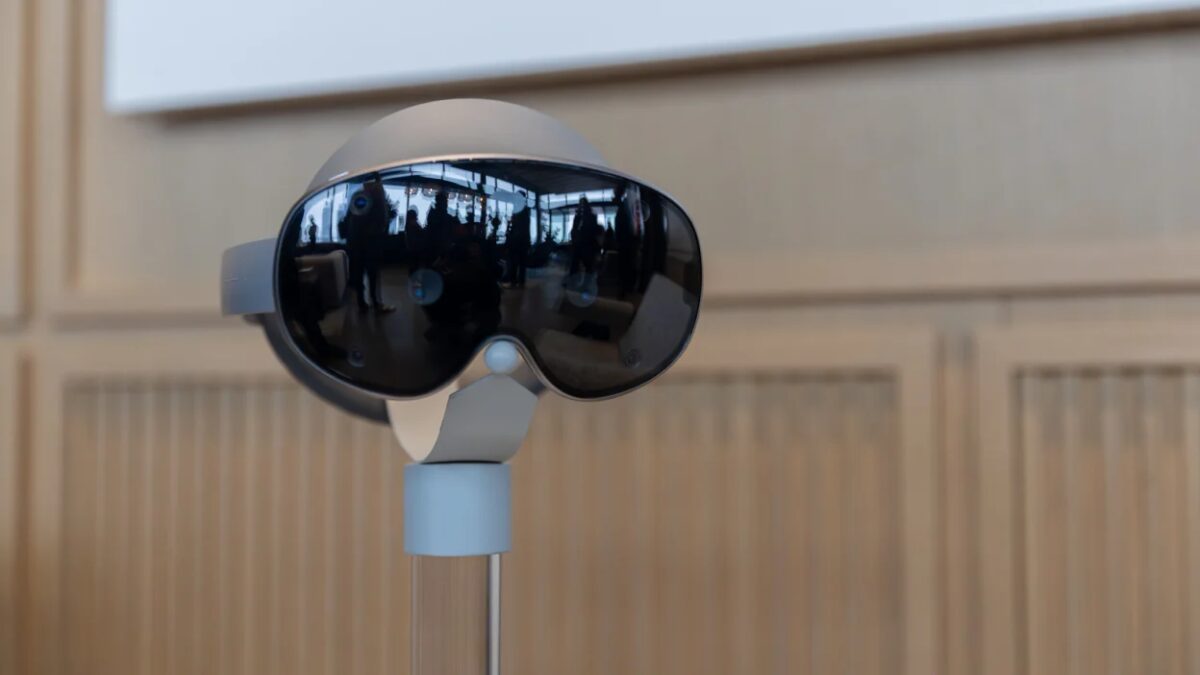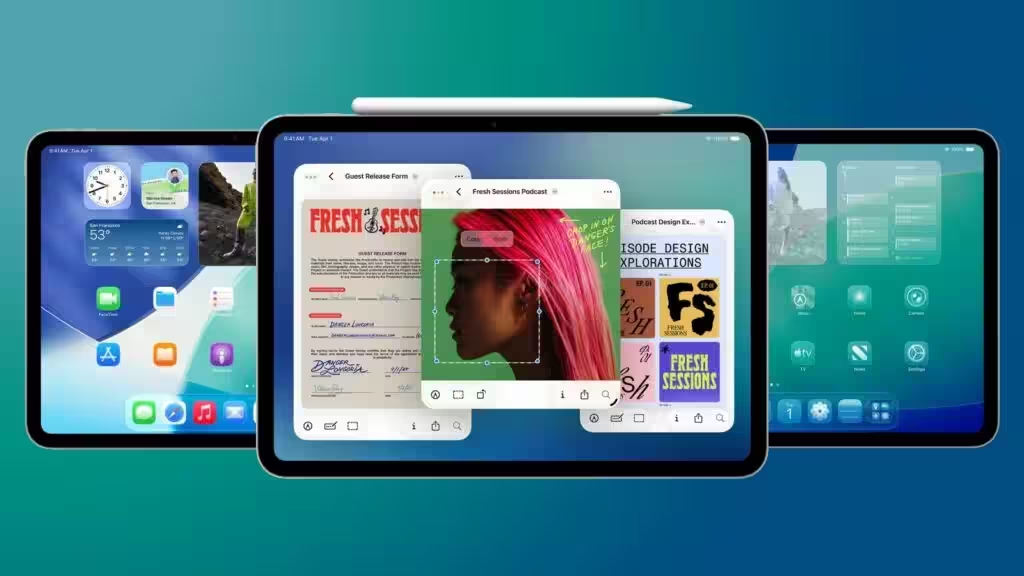Why the era of Android Launchers is almost over
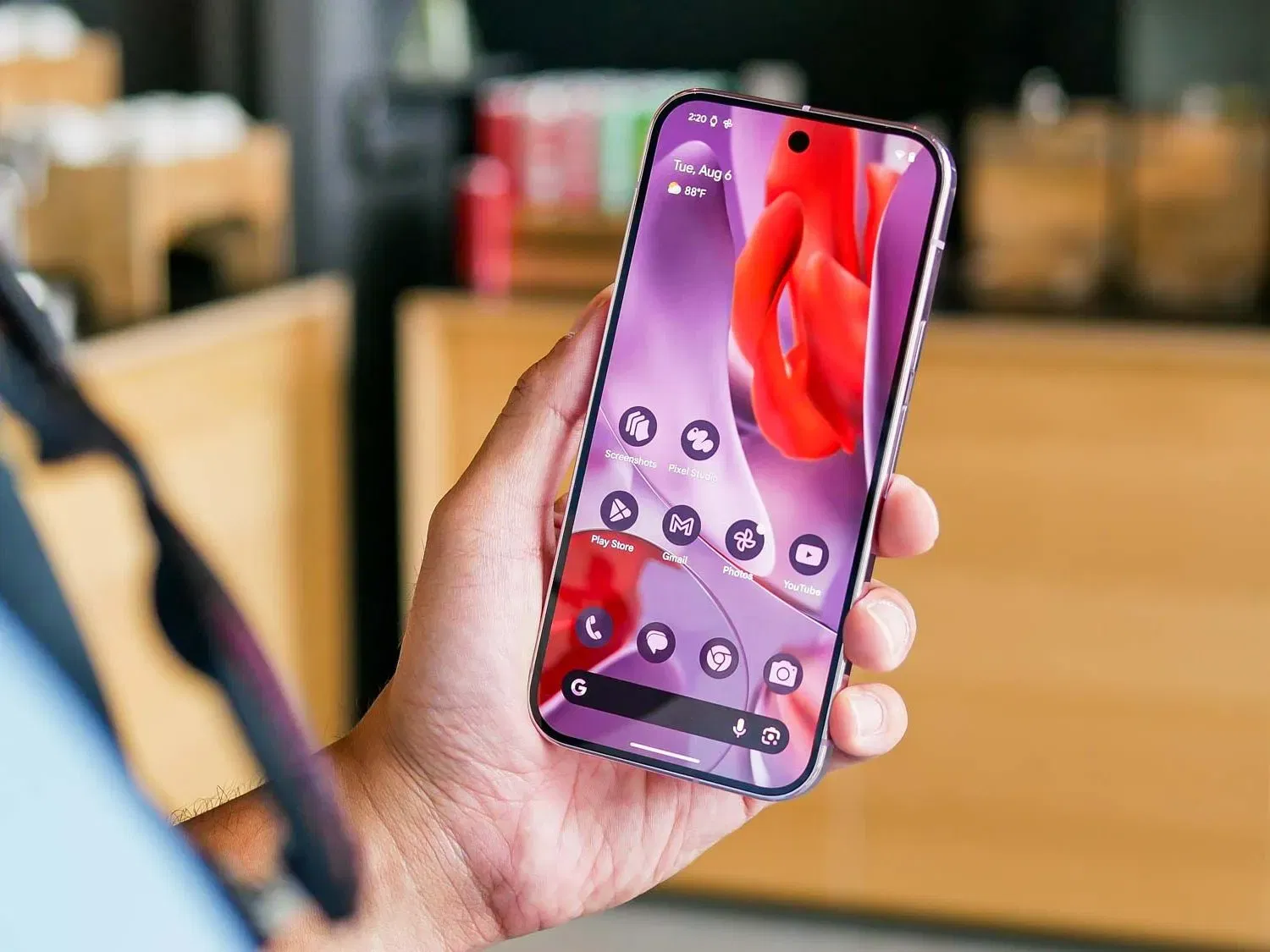
Many people don’t even realize that their smartphone’s interface is not the system itself, but a separate program that can be replaced. This discovery kicked off an era of third-party Android launchers. However, today the interest in them has noticeably waned. Here’s a look at why custom launchers have all but disappeared from users’ radars, and whether they still have a chance of making a comeback.
Custom launchers became popular due to Android’s openness. Any developer could create their own shell, upload it to Google Play, and users were actively interested in it. But now the market has changed. Almost all smartphones – from Samsung to Google Pixel – have comfortable, smooth, recognizable interfaces, and most people simply have no desire to change something. But is it really that clear-cut?
Most users don’t know what a launcher is
The Launcher is the interface through which you interact with the system: home screen, app menu, notification panel, and so on. Without a Launcher, Android can’t run apps – you need one by default. But unlike preinstalled programs, you can replace the Launcher with a third-party launcher.
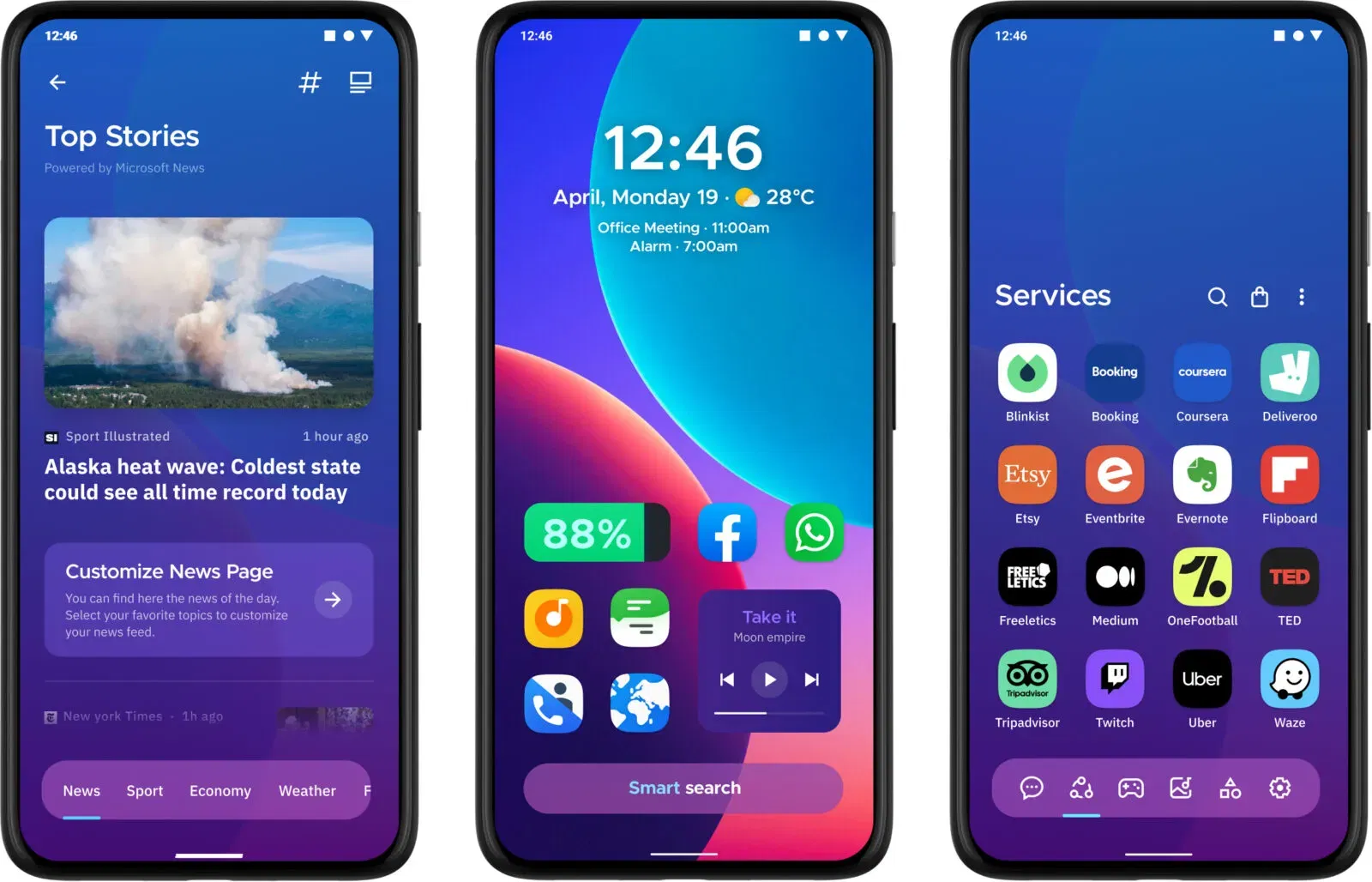
But therein lies the problem: the vast majority of users don’t even realize that launchers exist as a separate category of software. For them, the phone’s interface is the phone itself. Why look for a replacement for something that you don’t even realize as an independent part? As a result, the demand for third-party launchers is fading – they’re just falling out of favor.
All smartphones have become similar to each other
The other reason for the decline of custom shells is unification. Almost all modern smartphones follow the same template: a grid of icons, a quick settings panel, swipes and gestures. Changing a device – for example, from Samsung to Motorola – requires almost no getting used to. The manufacturers themselves have a vested interest in making it easy for users to adapt to the new model.
But such standardization has a downside: people don’t even realize they have a choice. They don’t look for alternatives because they are sure that there are none. And if there is no interest, there is no market for new solutions.
Users don’t want to waste time and effort
Even if a person is aware of the existence of launchers, they probably aren’t motivated to try something new. First, why change the shell if it doesn’t have a critical feature? Secondly, switching to a third-party launcher may require considerable time for customization and adaptation. New interface logic, unfamiliar gestures, and non-standard menu views all require effort.
In addition, many of the features of third-party launchers can only be unlocked with deep customization. But if you’re not ready to spend hours customizing and perfecting the look and feel, you’re unlikely to enjoy using it. As a result, most people prefer to stay with what’s already set up and working.
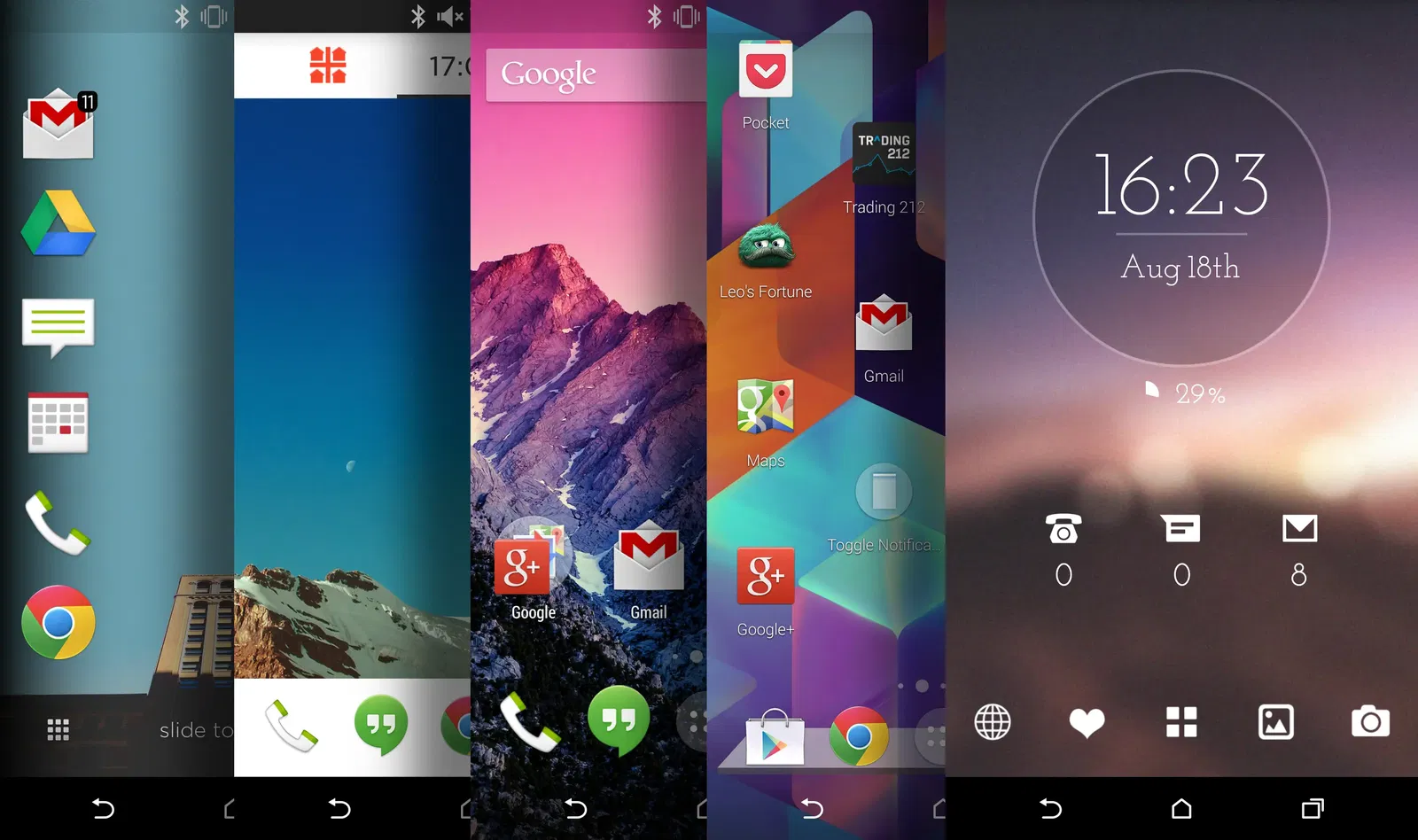
Launchers are still alive, but it’s no longer a mainstream product
Despite the general decline in interest, third-party launchers aren’t going away. As long as Android remains an open system, the ability to create and use alternative shells will exist. There will always be enthusiasts who find standard interfaces boring and monotonous.

